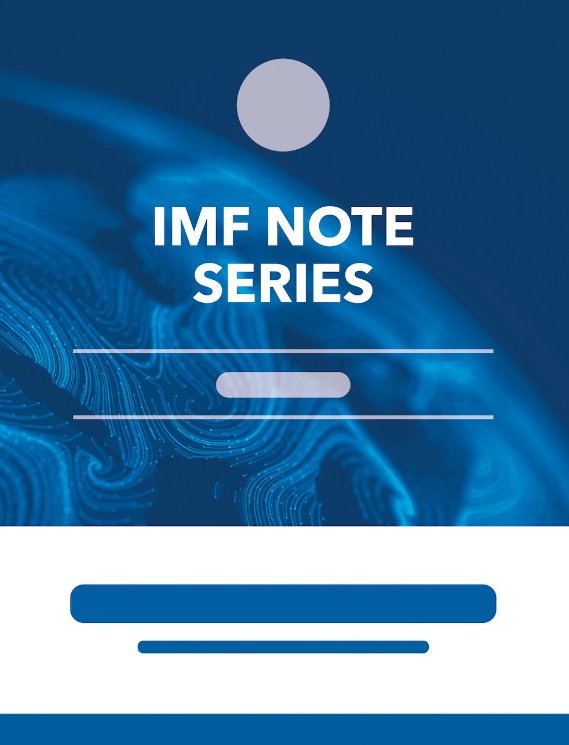How to Adjust to a Large Fall in Commodity Prices
September 27, 2016
Summary
Resource-rich countries have to manage highly volatile commodity revenues. In periods of revenue booms there is a tendency for large spending scale-ups. When facing large and persistent reductions in commodity prices, some of these countries will need to adjust their budgets to the new reality. In many cases, overall surpluses turn into large fiscal deficits and borrowing costs tend to rise with the fall in commodity prices. This note discusses how to undertake large fiscal adjustments, which often tend to be protracted and with long-lasting impacts on growth. Consequently, the note also highlights how to better prepare for future booms and busts in commodity prices.
Subject: Commodity prices, Environment, Expenditure, Fiscal consolidation, Fiscal policy, Natural resources, Prices, Public financial management (PFM)
Keywords: budget, challenges facing commodity exporter, commodity, commodity exporter, Commodity prices, commodity resource, commodity revenue, FADHTN, Fiscal consolidation, HTN, impact of commodity price booms, Natural resources, price, price fluctuation, resource boom, revenue, revenue boom, revenue potential, revenue windfall
Pages:
18
Volume:
2016
DOI:
Issue:
001
Series:
How-To Note No 2016/001
Stock No:
FADHTNEA2016001
ISBN:
9781475536065
ISSN:
2522-7912






